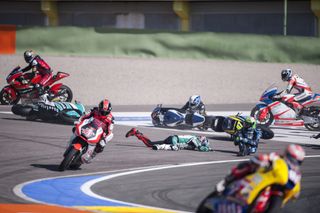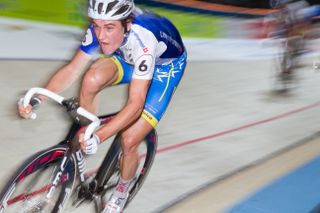26 ways to photograph sport and action
Never miss a shot again
23. White balance indoor

When you shoot indoors, you will face white balance issues because the temperature of the artificial lighting can fool the camera. A simple solution is to switch to Live View and scroll through the WB settings to see which looks the most natural on the rear screen.
24. Anticipate action

The excitement of sport is that you never know what is going to happen – but knowing the sport through previous participation or years of watching helps. This knowledge can help you position yourself at potential collision hotspots or simply be aware of when the decisive moment is likely.
25. Use flash carefully

Flash isn’t allowed at lots of sports as it can distract the participants; check the rules carefully. When you can use it, do so creatively. A slow shutter speed coupled with a burst of flash and a panning action can produce an interesting ‘frozen’ subject in a blurred environment.
26. Shoot a sequence

Have you seen shots that show an action sequence and thought, “I wish I could do that? ” Well, you can: it just takes a bit of thought at the taking stage and some patience in Photoshop to stitch the images together. Just about any movement will work as a sequence, but if you can think of a specific action within a sport, such as a horse jumping a fence, a skateboarder traversing an obstacle or a skier doing a trick jump, it will give you a natural start and finish position.
It’s best to set the camera on a tripod so the background doesn’t move during the sequence of shots, as this makes it easier to edit later in Photoshop. Set your camera to continuous shooting (high speed if you have it), select a manual exposure and fire a sequence of images across your frame. Fire off as many shots as your camera will allow, as you can always leave some out of the final image.
In Photoshop, stack all the images together as layers, with the first shot as the bottom layer. Use the Quick Mask Mode to work on each separate layer to blend each into the shot. Keep a separation between each ‘step’ in the sequence. Any that overlap too much can simply be hidden in the Layers Panel.
Get daily insight, inspiration and deals in your inbox
Get the hottest deals available in your inbox plus news, reviews, opinion, analysis and more from the TechRadar team.
